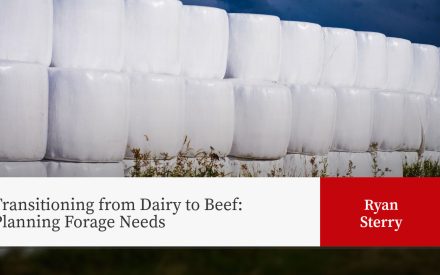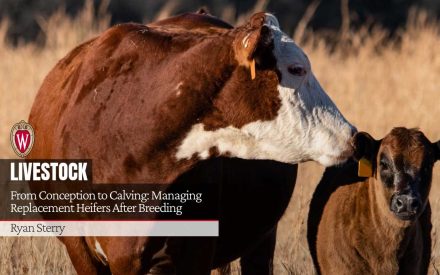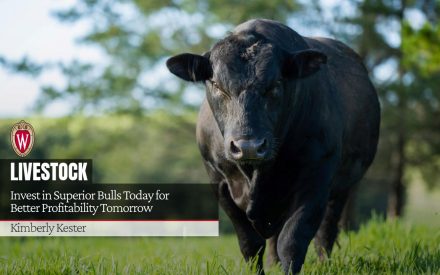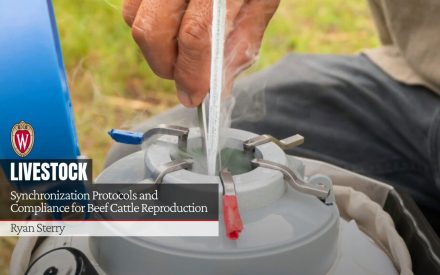Rainfall has been scarce in Wisconsin this growing season with most parts of the state in moderate to severe drought. While some parts of the state have recently received some much-needed rain, forage yield has already been reduced and we don’t know what the rest of the growing season will bring. If you have not begun putting some mitigation plans and practices in place, now is the time to do so. Some of the tasks to be done include:
Make a forage and feed inventory
Determine what you have on hand and what you will need, including feed needed this summer due to lack of pasture. Knowing this will help make better-informed decisions on how much and what kinds of feed to purchase or try to grow if the weather cooperates, or to reduce the number of livestock kept. Purchasing early can be beneficial as feed prices typically rise as droughts worsen. UW has a forage inventory and needs tool that can assist with this process Information on Emergency forages, such as summer annuals and fall oats, from UW Madison are also available.
Don’t abuse pastures
Take care of your pastures, if not, the long-term consequences will be costly. This includes taking care to minimize damage if you are feeding hay on some pastures. If necessary, sacrifice a smaller pasture rather than damage many of them. For many producers in Wisconsin feeding on dry lot is an option. Grazing Specialist Jason Cavadini recently prepared a fact sheet addressing pasture management during a drought that provides additional information. Implement practices when feeding the cattle to minimize feeding waste.
Livestock are much more likely to eat toxic plants during times of forage shortages so be aware of any toxic plants in pastures and fence lines of holding areas.
Downsize the herd
For spring calving herds, any cow that does not have a calf at her side should be marketed and not eating feed when she won’t deliver a paycheck this fall. It may also be worth pregnancy checking earlier after breeding and marketing the open ones. The bright spot here is market cow prices are high this June of 2023.
Consider early weaning of the calves
It takes less feed to wean calves early and feed the cows and calves separately than run the feed through the cow to produce milk. Early weaning also provides more flexibility for selling weaned and pre-conditioned calves. Considerations for early weaning are discussed here in a recent webinar from University of Nebraska Extension. If early weaning is not an option then creep feeding can be beneficial.
Iowa and Nebraska went through droughts the last few years and a number of fact sheets and articles to help beef producers through decisions when dealing with a drought can be found at Iowa State Extension’s Beef Center Drought Resources and University of Nebraska Extension Beef Program Drought Resources.
Another recent resource is a publication from Purdue Extension titled: Beef management practices when forages are in short supply because of drought.
Having a well-thought-out plan and responding in a timely manner can help reduce both the long and short-term costs of a drought.

 Transitioning from Dairy to Beef: Planning Forage Needs
Transitioning from Dairy to Beef: Planning Forage Needs From Conception to Calving: Managing Replacement Heifers After Breeding
From Conception to Calving: Managing Replacement Heifers After Breeding Invest in Superior Bulls Today for Better Profitability Tomorrow
Invest in Superior Bulls Today for Better Profitability Tomorrow Synchronization Protocols and Compliance for Beef Cattle Reproduction
Synchronization Protocols and Compliance for Beef Cattle Reproduction


